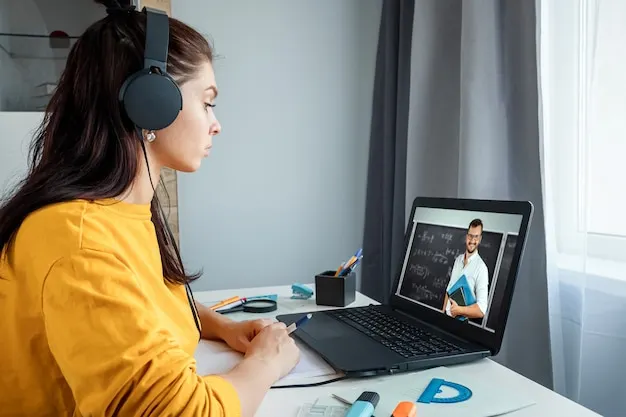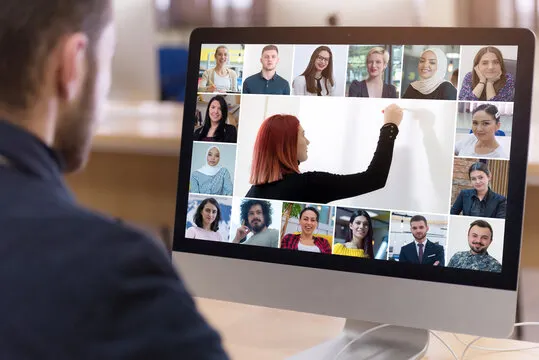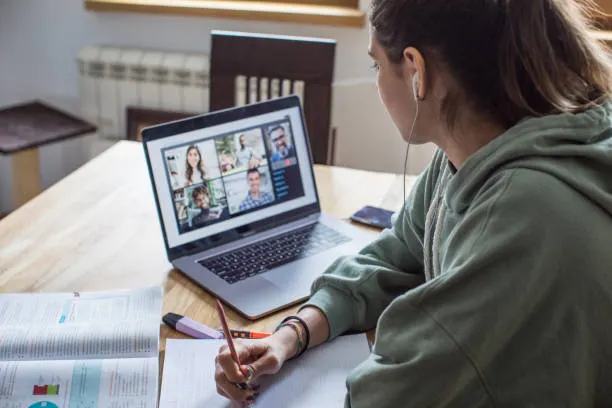The New Era of Education
The education system worldwide has undergone a massive transformation, especially after the COVID-19 pandemic. Remote learning has become the new normal, bringing both opportunities and challenges. While it has made education accessible to millions, it has also highlighted significant gaps in resources, engagement, and quality.
This article explores the challenges of remote learning, the innovations shaping its future, and the impact it has on students, teachers, and parents.

Challenges of Remote Learning
1. Lack of Access to Technology and Internet
- Many students, especially in rural or low-income areas, lack access to high-speed internet and digital devices.
- A significant digital divide exists, preventing equal learning opportunities.
- Governments and educational institutions are struggling to provide adequate resources.
2. Decreased Student Engagement and Motivation
- Online classes often lead to distractions at home, reducing student focus.
- Lack of face-to-face interaction makes learning feel impersonal.
- Many students experience “Zoom fatigue,” leading to decreased motivation.
3. Challenges for Teachers
- Teachers had to adapt quickly to digital platforms without proper training.
- Keeping students engaged in a virtual classroom is more difficult than in physical classrooms.
- Assessing student progress and giving personalized feedback is challenging.
4. Mental Health and Social Isolation
- Remote learning has led to increased feelings of loneliness and anxiety among students.
- Lack of physical social interaction affects emotional development, especially in younger children.
- Parents are concerned about the long-term psychological effects on their children.
5. Assessment and Cheating Concerns
- Conducting fair and effective assessments in online settings is a major issue.
- Increased cases of plagiarism and cheating in online exams.
- Many educators are still figuring out how to measure student performance effectively.

Innovations in Remote Learning
1. Advanced EdTech Platforms
- Learning Management Systems (LMS) like Google Classroom, Zoom, and Microsoft Teams have made remote education possible.
- AI-powered platforms help personalize lessons based on student performance.
- Interactive tools such as Kahoot and Quizizz make learning more engaging.
2. Virtual and Augmented Reality in Education
- Virtual reality (VR) allows students to experience immersive learning environments.
- Augmented reality (AR) applications bring subjects like science and history to life.
- Schools are investing in VR classrooms to enhance learning experiences.
3. Hybrid Learning Models
- A mix of online and in-person learning is being adopted by many schools.
- Hybrid learning allows flexibility while maintaining student-teacher interaction.
- Schools are investing in technology-equipped classrooms for a seamless experience.
4. AI-Powered Personalized Learning
- AI-driven platforms analyze student progress and suggest personalized learning paths.
- Chatbots and virtual tutors provide 24/7 assistance to students.
- AI helps educators identify struggling students and provide targeted interventions.
5. Gamification of Education
- Games and interactive content make learning fun and engaging.
- Platforms like Duolingo and Prodigy use game mechanics to teach languages and math.
- Gamified learning encourages competition and improves knowledge retention.
6. Parental Involvement in Education
- Remote learning has increased parental involvement in children’s education.
- Parents have better insight into their child’s learning process and challenges.
- Schools and teachers are working closely with parents to improve student outcomes.

The Future of Remote Learning
1. More Investment in Digital Infrastructure
- Governments and private sectors are investing in better internet connectivity for students.
- Schools are providing free tablets and laptops to underprivileged students.
- Internet access is becoming a basic necessity, like electricity and water.
2. Improved Online Assessment Methods
- AI-based monitoring systems to detect cheating during exams.
- Open-book and project-based assessments gaining popularity.
- Adaptive assessments that change difficulty levels based on student performance.
3. Enhanced Teacher Training Programs
- More training programs to help teachers adapt to digital tools.
- Professional development courses focusing on online engagement strategies.
- Increased collaboration between educators worldwide through digital networks.
4. Mental Health Support for Students
- Schools implementing virtual counseling services.
- Increased focus on social-emotional learning (SEL) to help students cope with stress.
- Digital wellness programs to teach students healthy screen-time habits.
5. Stronger Data Privacy and Security Measures
- Increased cybersecurity measures to protect student data.
- Stricter policies on online safety and digital ethics.
- Parental controls and monitoring tools to ensure a safe learning environment.

Conclusion: A Blended Future for Education
Remote learning is here to stay, but its success depends on addressing current challenges and leveraging technological innovations. The future of education will likely be a hybrid model that combines the best of online and in-person learning.
With continuous improvements in digital infrastructure, teaching methods, and mental health support, remote education can become more inclusive, engaging, and effective. As schools, teachers, students, and parents adapt to this new normal, collaboration and innovation will shape the future of learning.
Top 10 Gaming Influencers in the USA You Must Follow in 2025!






